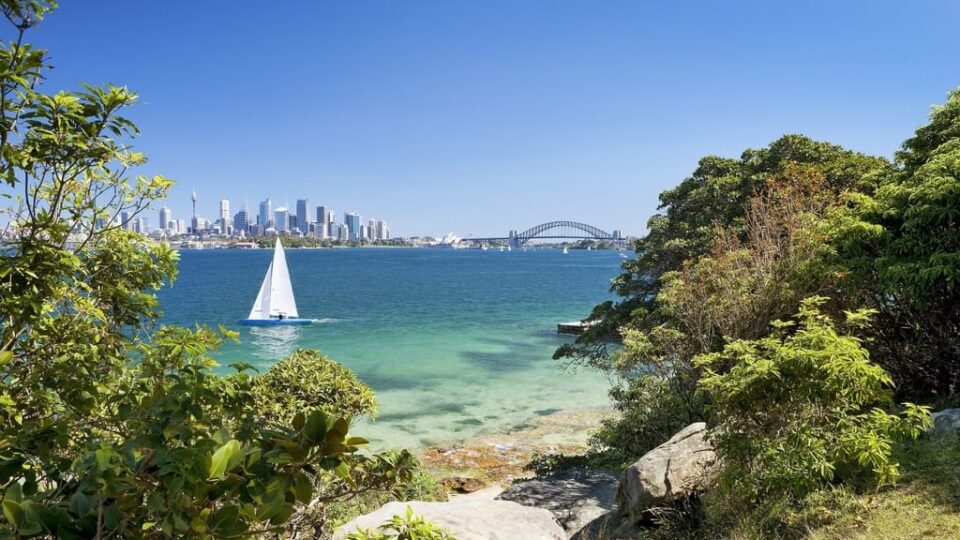Best Sailing Destinations in Australia
Australia’s coastline runs for almost 30,000 kilometers if all of the islands are included. The area of the east coast from Sydney in the south to Cairns in the north, which is without a doubt one of the world’s premier cruising grounds, is by far the most popular place for sailboats. Summer and fall are the ideal seasons for most Australians to spend time on the water. Despite the fact that Australia is known for being the best destination for water sports, sailing in Australia is a once-in-a-lifetime event. When traveling by boat, Australia has a wealth of destinations to offer. So, in this article, I will list the best sailing destinations in order for you to experience the South Pacific’s stunning landscape, warmth, and beauty.
Cyclone Season and Weather in the South Pacific
The Australian cyclone season runs from November to April, but few cyclones take place in November. Even tiny tropical storms might become significant cyclones around this time. Their power and direction might shift without warning. Landslides, mudslides, and flash flooding are all caused by cyclones, wreaking havoc on infrastructure. Communication, transportation, emergency help, medical treatment, etc, can get damaged from cyclones. In some places, cyclones, hurricanes, typhoons, monsoons, and tornadoes pose a major threat. In others, you’ll need to prepare for harsh winter weather. But, as a sailor, you should avoid sailing in Australia during the cyclone season.
The voyage to Australia is normally highly predictable. Weather windows are longer in the latter half of the southern hemisphere spring (September – November). This, of course, implies that you can change your port of arrival at any time to deal with the conditions you encounter. In mid-September to early November, favorable weather periods of roughly 5 -6 days for sailing from New Caledonia to Bundaberg (the shortest distance to a port of entry) are common.
Those sailing in northern Australian seas will hear about the northwest monsoon, which brings strong winds and rain. This is the wind pattern that dominates tropical Australia’s wet season. Rain and thunderstorms of high intensity are likely, especially around the ITCZ (intertropical convergence zone), where trade winds mix with monsoonal winds. These thunderstorms are almost always sure to create a terrific light show. But, they are normally far less severe than thunderstorms that occur in the mid-latitudes. A mild to fresh breeze is typical of the northwest monsoon. The northwest monsoon, on the other hand, can become gale-force if a tropical low occurs. Or, if the northern hemisphere’s high-pressure system is exceptionally powerful.
>>Also Read: Australia Sailing Guide (With Itinerary)
The Whitsundays, Queensland
This spot is part of the Great Barrier Reef Marine Park. It is regarded as one of the world’s seven natural wonders. Whether kicking back on the deck or deep-sea diving, you might catch sight of sea turtles, colorful fish, and multi-colored corals. Sailors flock to the area, and all you have to do is moor your boat and begin exploring the islands. You will find the location to be a perfect spot to unwind since it is considered one of the most popular boating locations.
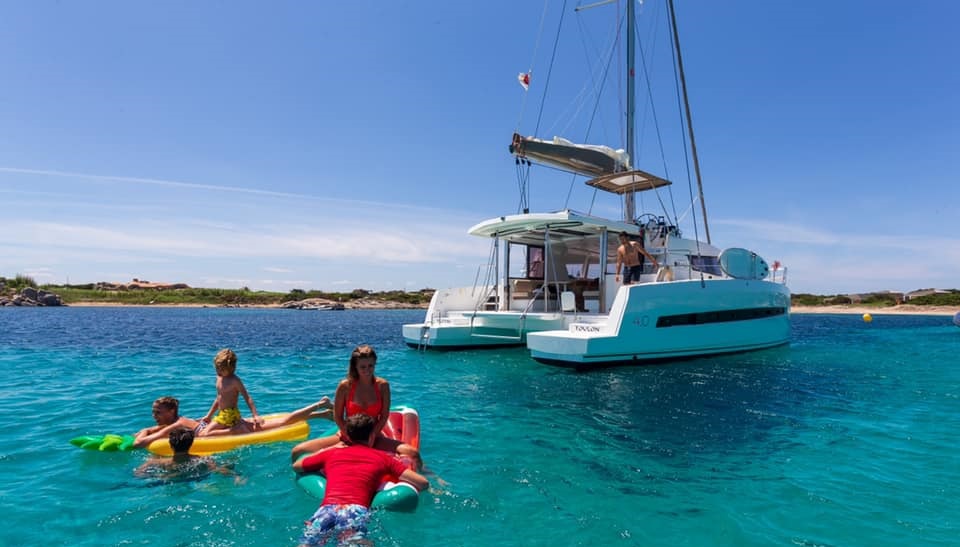
Moreton Bay, Queensland
On Brisbane’s doorstep, this bay will greet you with its beauty and appeal. Moreton Bay is a large waterway on Australia’s eastern coast, covering more than 1500 square kilometers and dotted with islands. The North and South Stradbroke Islands, as well as Moreton Island and Fraser Island, combine to produce the world’s largest sand formation. If you enjoy diving and snorkeling, Moreton Bay is a terrific place to go. It has a variety of marine life to see, including dolphins, humpback whales, and turtles. With over 100 shipwrecks you can enjoy wonderful beach resorts while snorkeling at various local shipwreck sites.
Great Sandy Strait, Queensland
The Great Sandy Strait, which runs between the Sunshine Coast and Bundaberg – and hence between the mainland and Fraser Island – is a beautiful and scenic place ideal for sailing. The water is crystal clear, similar to the Whitsundays, and it’s one of the best places to explore by sailboat. Dugongs, dolphins, and turtles are among the species that you will probably see in the Great Sandy Strait. Lastly, note that the place is a protected marine sanctuary.
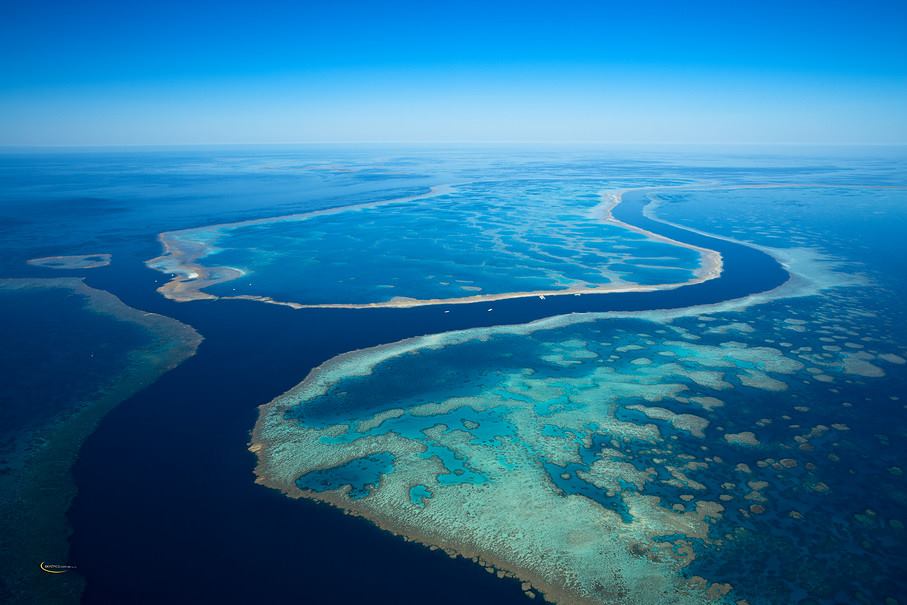
Pittwater Bay, New South Wales
The Sydney Harbour Bridge and the Opera House’s stunning white sails have long piqued travelers’ interest. Aside from historic architectural treasures, there are some magnificent sights to behold from a boat’s unique perspective position. Pittwater is one of many peaceful bays where you can escape the bustle of Sydney’s gorgeous city. It is a calmer but no less stunning paradise just 45 minutes from the downtown business district. With low swell, consistent winds, and calm waters, the sailing grounds near Pittwater are sure to take you on a relaxing sailing voyage. There are numerous motels and eateries on the beach for an overnight stay. A picturesque stroll up to the historic Barrenjoey Lighthouse is also a must!
Lord Howe Island, New South Wales
This low-key island provides sailors with the opportunity to meet unique animals while avoiding the crowds of other major tourist attractions. The island, which is a “biological ark,” can give peace and quiet for people who don’t want to sail the busy waters of some of the more popular sites. Lord Howe Island is a UNESCO World Heritage Site, and the number of persons who can visit the island at the same time is limited. This means you’ll have the lagoon’s coral gardens to yourself or the entire island to yourself!
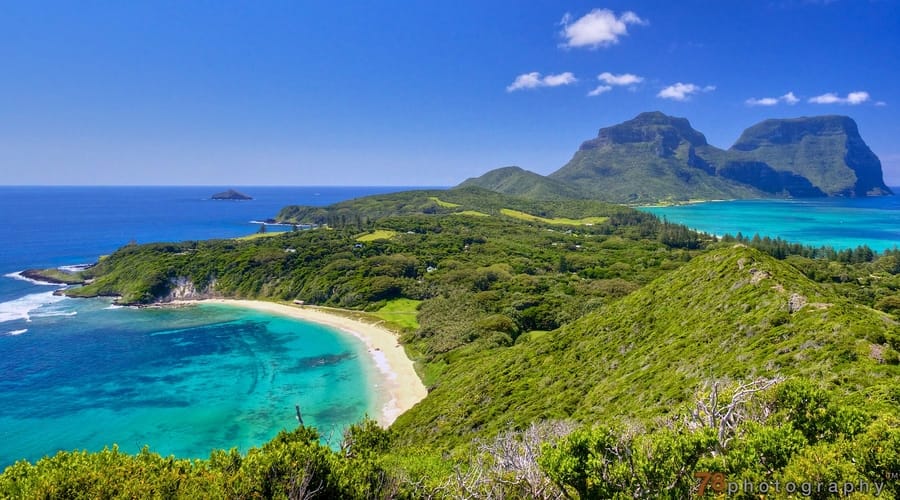
>>Also Read: How Long Does it Take to Sail Around the World?
Port Stephens, New South Wales
Port Stephens’ stunning blue bay is a fantastic area to sail. The bay is two and a half hours north of Sydney and is known as “The Blue Water Paradise” for obvious reasons. The area is home to whales and dolphins and offers approximately 30 kilometers of beautiful, white-sand beaches. In Port Stephens, there is a sailing experience to suit everyone’s tastes, so make the trip and enjoy this unique adventure!
Lake Macquarie, New South Wales
Lake Macquarie is one of New South Wales’ most popular sailing destinations. On its east side, the lake merges with the Pacific Ocean, just 150 kilometers north of Sydney. Sandy inlets and isolated bays dot Lake Macquarie, making it ideal for sailing, swimming, and snorkeling. Lake Macquarie is four times the size of Sydney Harbour and is extremely calm, making it an ideal sailing location in Australia.
Corroboree Billabong, Northern Territory
Corroboree Billabong, part of the Mary River Wetlands, is one of the top Australian boating places for observing local fauna species. As you cruise the length of this billabong, expect to observe the worlds largest bask of crocodiles, as well as more than 280 bird species, water buffalos, and wild pigs. Corroboree Billabong is without a doubt one of northern Australia’s most famous barramundi fishing grounds, as well as a must-see tropical wetland home to a diverse range of birds and animals. A trip to Corroboree should be on everyone’s bucket list if they’re visiting the Top End. Corroboree Billabong, along with the nearby Rock Hole and Hardies Lagoon, is actually a series of long, periodically interconnected waterholes and stretches of river course that effectively separate the Mary River Bridge Pool and the freshwater side of Shady Camp during long dry seasons.
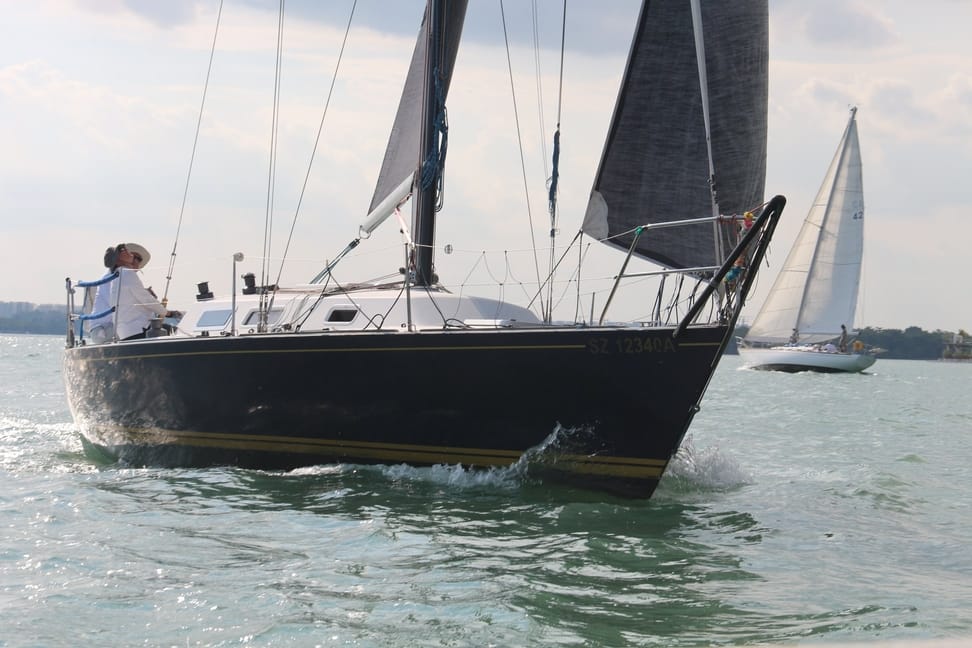
Darwin, Northern Territory
Darwin Harbour is a major sailing hub in the Northern Territory. You will explore this tropical estuary’s mangrove-lined waters, which are home to fish, crocodiles, turtles, and the occasional dugong or snubfin dolphin. The Bynoe Harbour Marine Park, a favorite of locals and visitors alike, is just a short sail from Darwin. Bynoe is good for fishing and exploration because of its many small islands and dry reefs. The secluded beaches of the Melville and Bathurst Islands (Tiwi Islands) and the Cobourg Peninsula are located along the magnificent coastline north of Darwin. The Cobourg Peninsula is 2 days sailing from Darwin and offers some of the world’s best reef and mangrove views. In this unspoiled marine ecosystem, barramundi, barracuda, and queenfish are just a few of the species that spring out of the water.
Bruny Island, Tasmania
Bruny Island, off the coast of Hobart, consists of two islands connected by The Neck, a tiny isthmus. It’s a popular weekend getaway for beachgoers and foodies. The island is home to a rocky, largely undeveloped landscape that’s both dramatic and gorgeous. Take advantage of the island’s thriving gourmet food and wine sector, which includes wonderful walking trails and pristine swimming, surfing, and sailing. The Bligh Museum of Pacific Exploration tells the stories of the Aboriginal people, sailors, and explorers who shaped Bruny Island’s history.
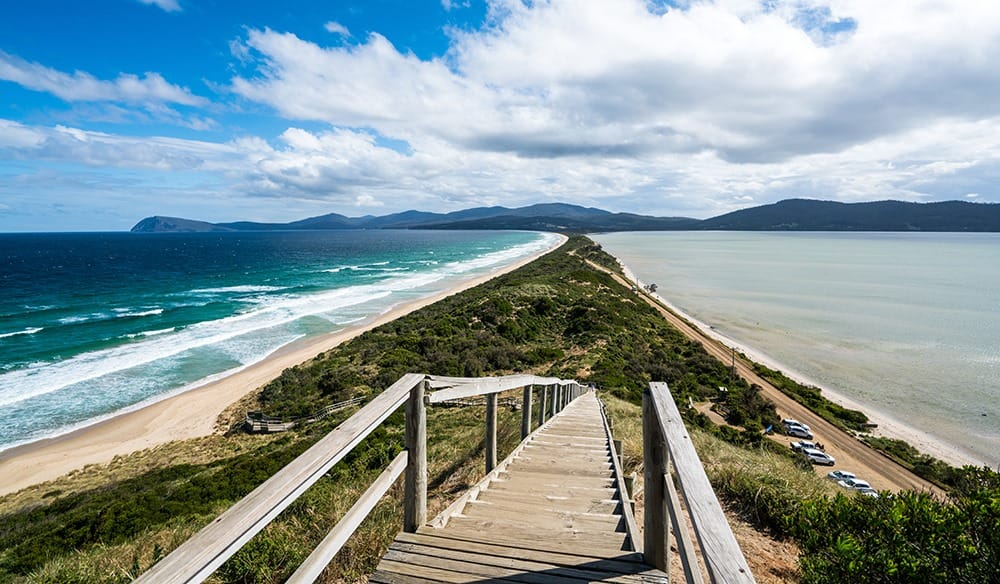
>>Also Read: How Much Does it Cost to Sail Around the World?
East Coast, Tasmania
St Helens in the northeast, Coles Bay in the middle, and Eaglehawk Neck in the southeast are three of the most popular destinations on the east coast. Georges Bay is amazing for observing marine life, with sheltered water and a plethora of fish such as bream, trevally, salmon, kingfish, and other species. Coles Bay is on the western side of the Hazards, a granite mountain range with a wild ocean on one side and sheltered seas on the other. Coles Bay is a stunning part of Tasmania that is a haven for cruising boaters and wilderness junkies alike. Eaglehawk Neck is steeped in Tasmania’s convict history, with Port Arthur and its prison artifacts top on most visitors’ to-do lists. You will certainly enjoy the awe-inspiring cliffs, which provide a spectacular perspective from the water.
Gippsand Lakes, Victoria
A voyage around the Gippsland Lakes will allow you to take in the breathtaking scenery of these waterways. The cliff regions of Mitchell and Tambo are very lovely for sailing. The Barrier Landing, which separates the Bass Strait from Hoptoun Channel, is a great place to meet the local boaties. Channel Side has a fantastic beach and a public jetty, and it’s only a 2-minute walk to the Ninety Mile Beach. Barbecues, public jetties, and walking trails with a wealth of natural animals and fauna are available at Sperm Whale Head and Rotamah Island. You should also visit Bunga Arm, which offers spectacular sunsets!
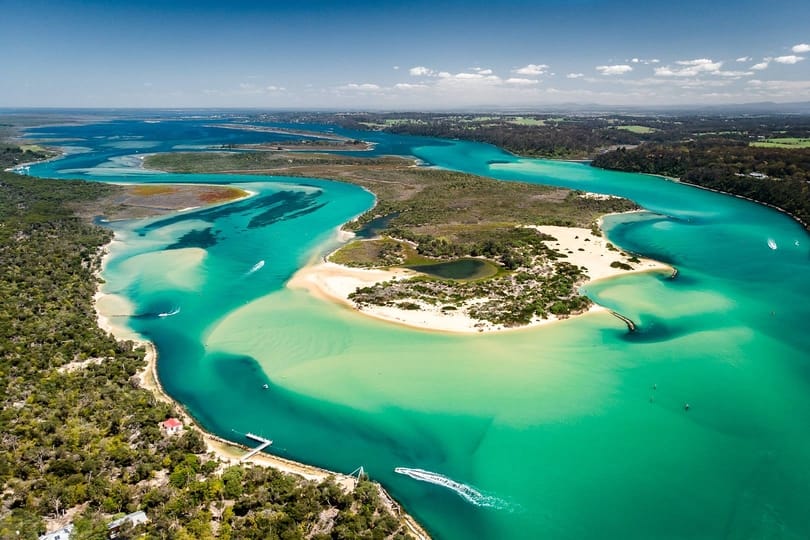
Saint Kilda, Victoria
If you’ve heard of Saint Kilda, you’re probably aware that it’s known for its beaches and waters. Local boaters flock to this mooring spot because they know they’ll find calm waters, magnificent vistas, and a terrific arrival on land thanks to the many attractions Saint Kilda has to offer. When sailing there, keep in mind any Saint Kilda festivals or events that may take place. Due to the popularity of the region, a calendar of events on the beach and waterways is constantly updated. Royal Brighton, Royal Melbourne Yacht Squadron, and St Kilda Marina are the three main mooring berths in Saint Kilda.
Yorke Peninsula, South Australia
Between the Spencer Gulf and the Gulf of St Vincent sits the York Peninsula. Exploring old mining towns, national parks, and fishing villages is a great way for boaters to get a taste of history. Beautiful beaches and coastal views from the ocean are amazing. The gulf waters of the Yorke Peninsula are also ideal for recreational fishing. Moreover, you can find a great anchoring spot in the area’s numerous sheltered bays.
